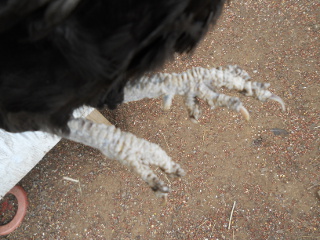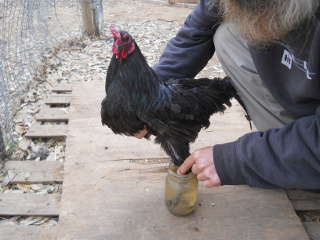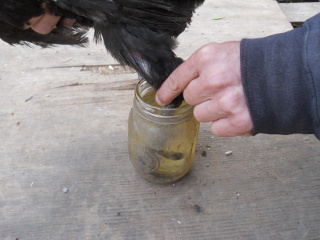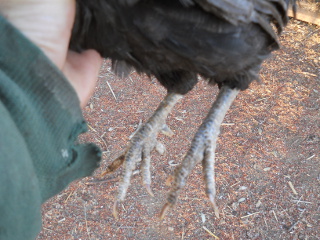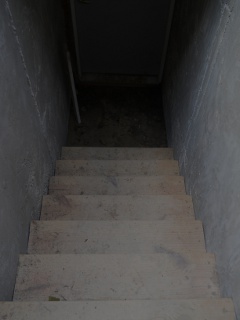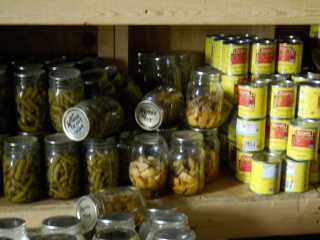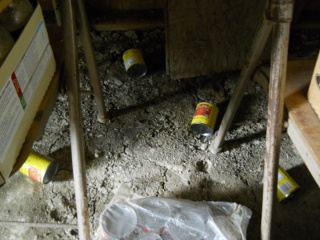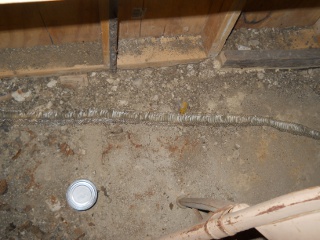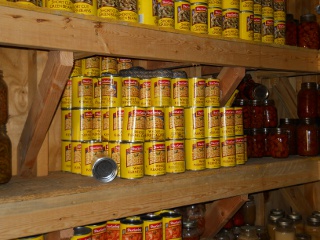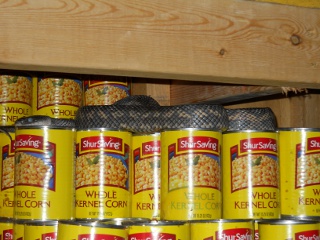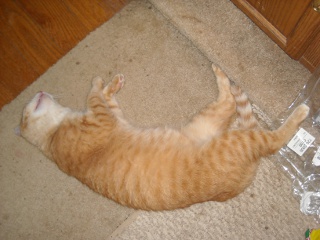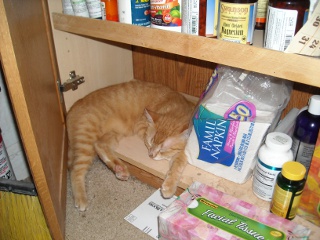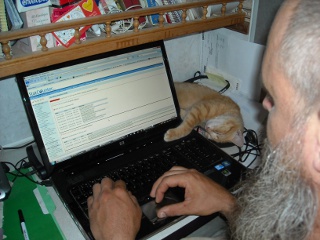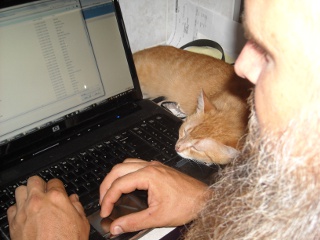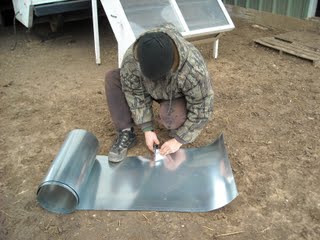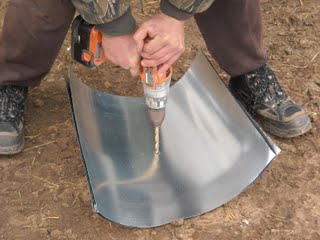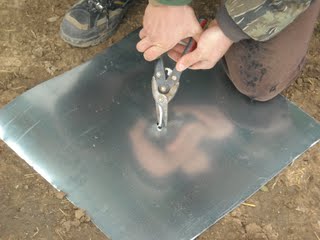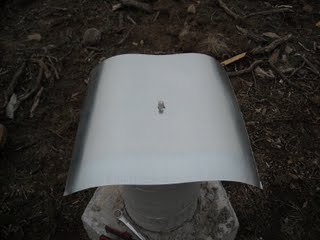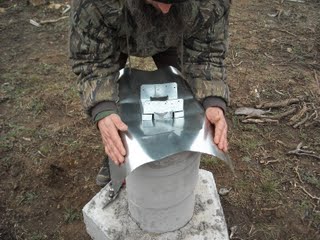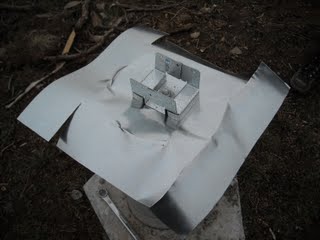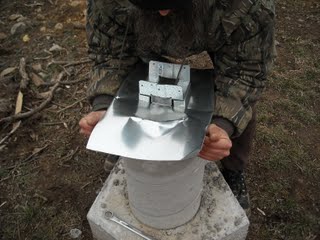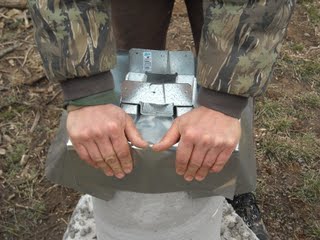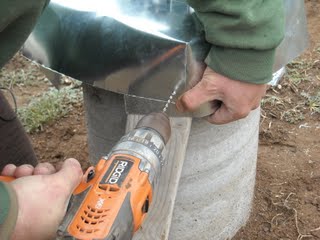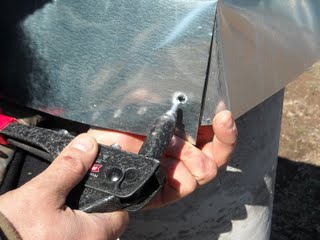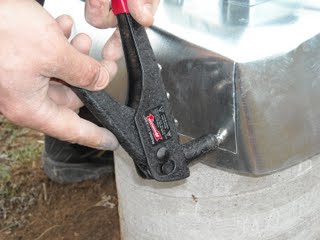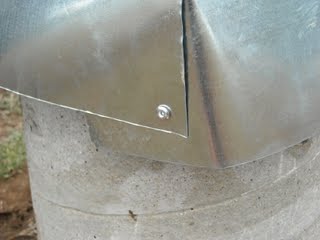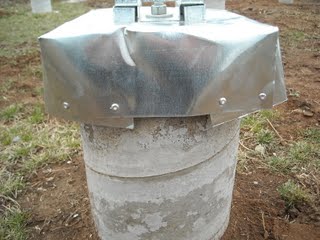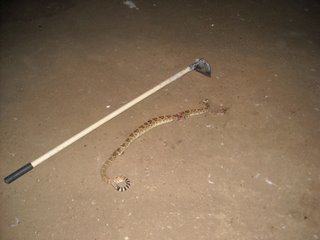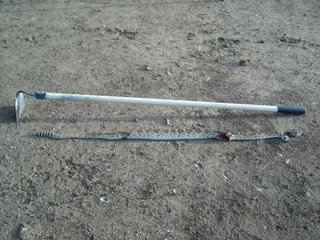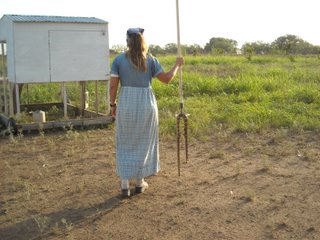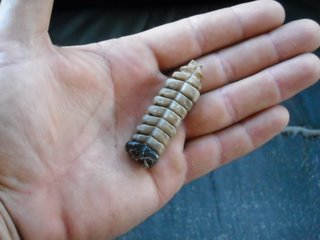Some time ago it was evident that one of our newer roosters was having some trouble walking — it would almost goose step. I noticed that its legs had developed a white crust on them, but thought that it was perhaps just a genetic defect or something. I picked off one of the crusties on the leg, and it looked like moist skin, like when a layer of human skin is removed. I wondered what was going on, but at the time, I just let it go. Then, over time, several of our chickens seemed to start getting the same crust on their legs or their scales started to look and feel “odd,” and I noticed that some of them were starting to have trouble walking, even some preferring not to do much of it.
Ok, something appeared to be wrong; and at that point, I figured I’d better investigate.
Here is a picture of the rooster’s legs:
In searching the Internet, and after finally working out a helpful search term, and after viewing several images, I discovered what I believed to be the culprit: scaly leg. This is apparently caused by a mite that burrows into the legs and causes the scales to protrude or that white crust I was seeing, and can in the end cause lameness. Wow! I was then glad I finally looked into it, although I felt badly for that rooster because I hadn’t researched it earlier.
And so, after further investigation, the simplest way I found to remedy this situation is to get some cheap cooking oil (not motor oil, because of the potential toxicity) and dip each leg in it for a couple of seconds (from an off off-gird standpoint, I assume we could probably use lard, but we just bought the oil instead rather than use up any lard now). This was supposed to be done for at least several days, and needed to be done to all infected birds, as the mite apparently spreads from bird to bird.
What I ended up doing was dipping each bird’s legs at night for about four days in a row, and then switched to every other day for about another week, and a couple more times at three days apart. Because we had so many to do, when I was dipping them every other day, I started alternating days with part of the flock. I used a pint jar so I didn’t have to have a lot of oil used at one time. It took a day or two to get the hang of not allowing the chicken to spill the oil, which I did by also holding the jar with the dipping hand.
Here I am dipping that rooster’s legs:
And sure enough, a few weeks later, apparently the mites died, and their legs began to heal. And here is that original rooster:
Nice!
Well, that little therapy appeared to work really well; and since then, it looks like the other chickens have had similar results.
We are thankful to the Lord for allowing us to fairly easily help the chickens, and we are grateful to Him for Him granting the healing that He did.
— David
